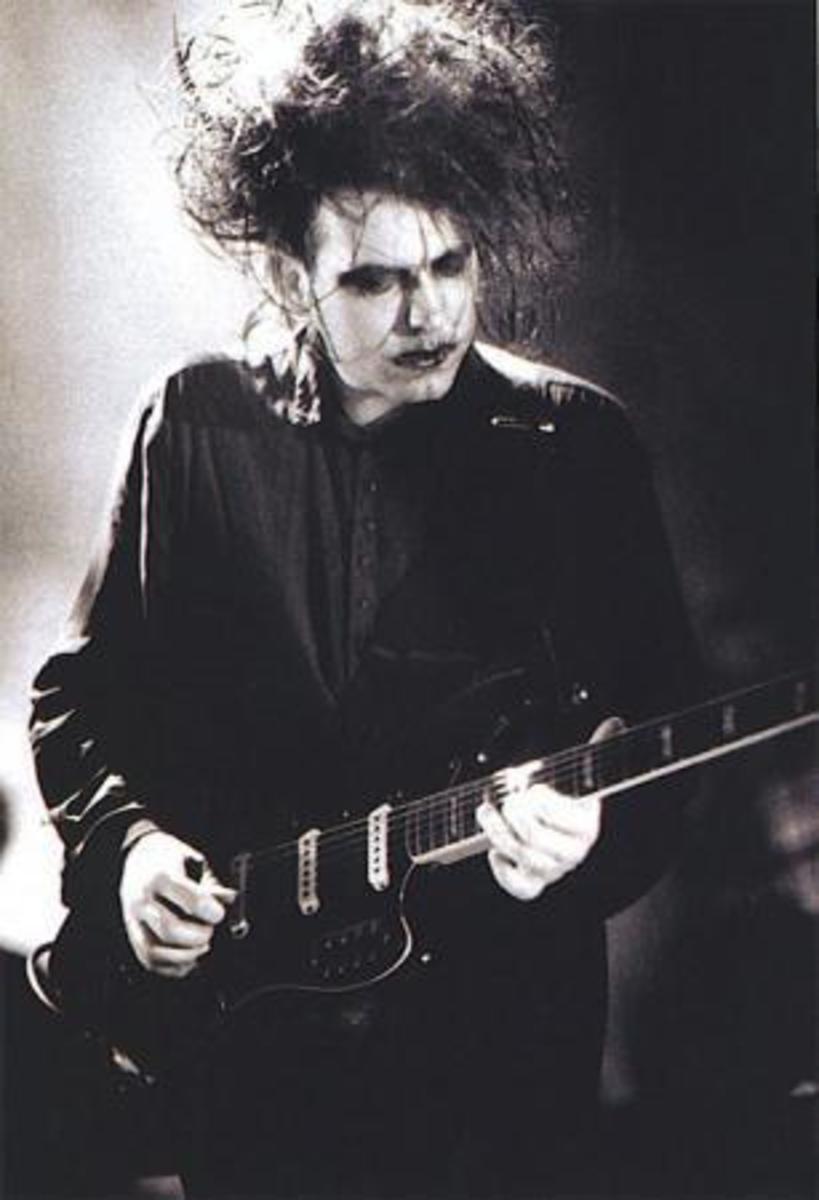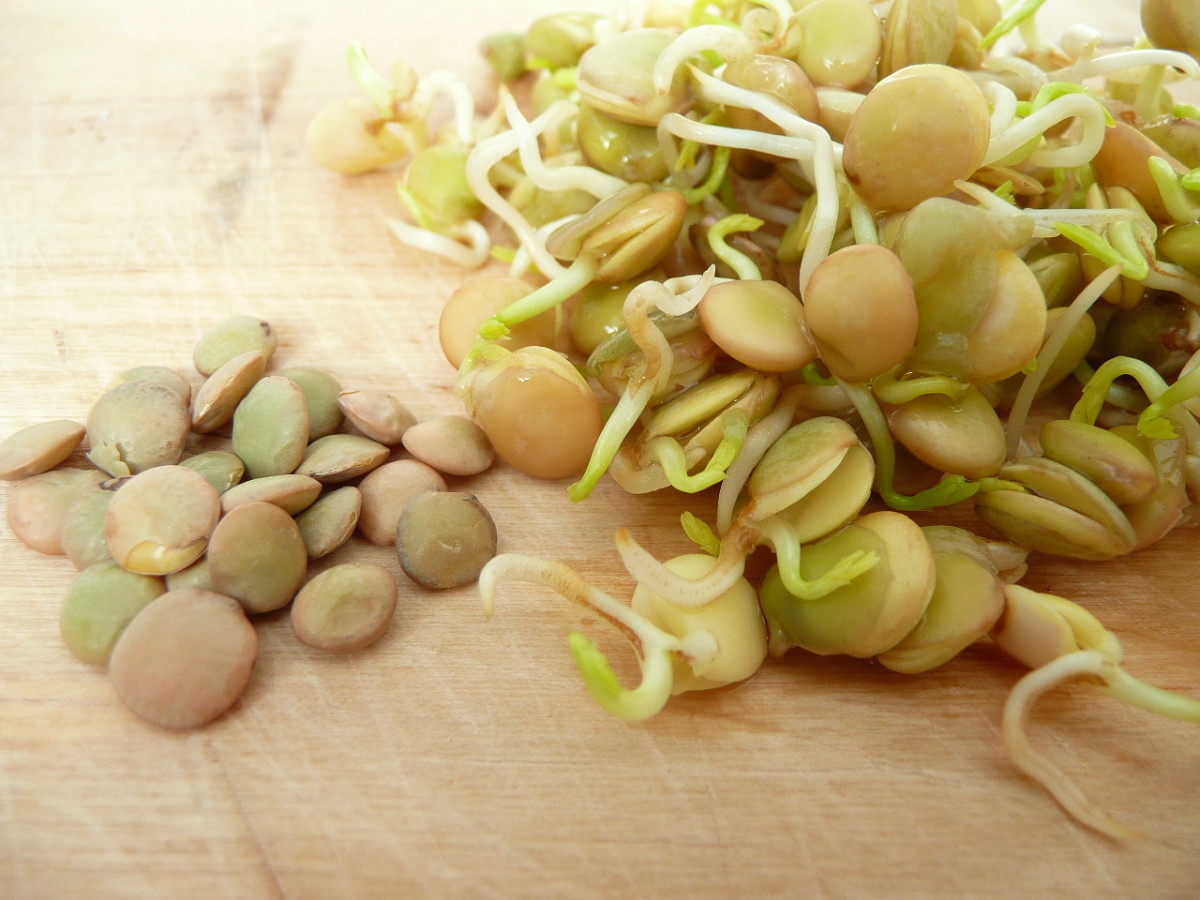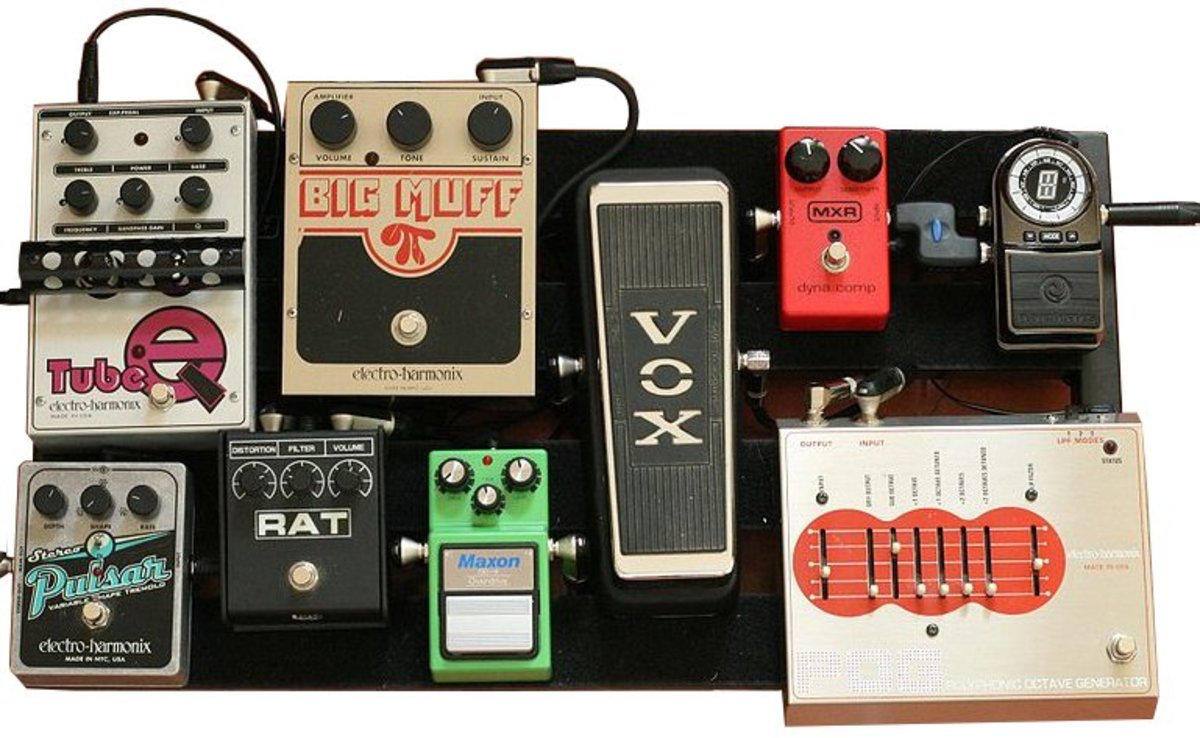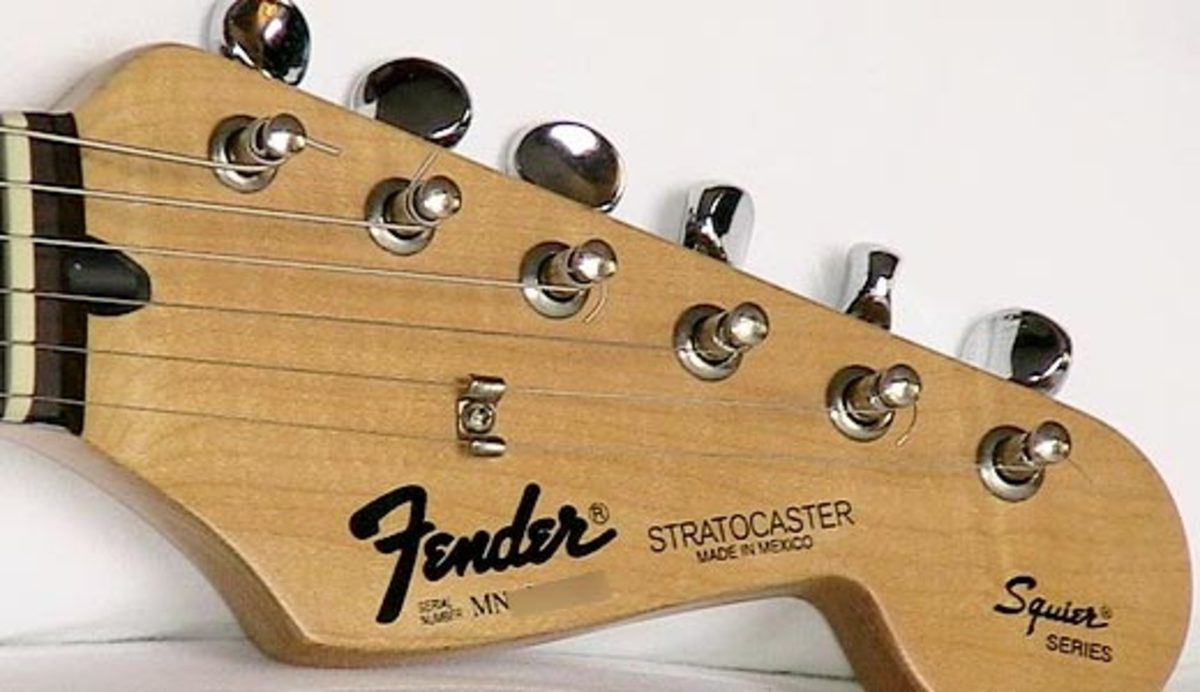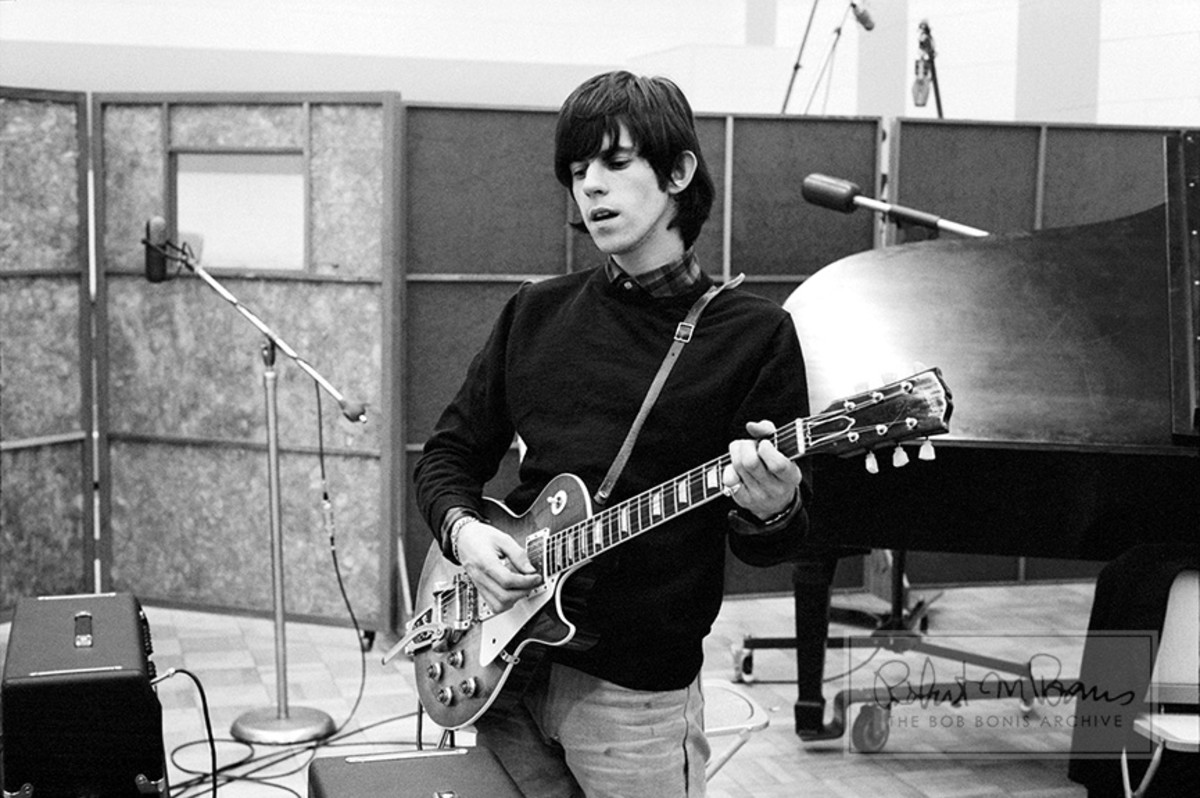Individual Effects Pedals Vs a Multi-Effects Unit

There are a number of things that someone needs to take into considerations when deciding to go with a pedal board full of stomp boxes or to go with a multi-effects unit. So I have broken things down by each matter of consideration and compared the two options to each other.
Simplicity
When you think in terms of simplicity regarding guitar effects, you have two factors that come into play. They would be the ease of use for dialing in the sounds you want and the actual use of those effects in a live situation.
Multi-effects units often have a complicated menu system that you will need to navigate in order to create, edit or save patches. You basically have to navigate that menu system to make the slightest change. Let’s say that you want to add a little treble. Well, unfortunately, you have to navigate your way to where you can make that adjustment. Let’s say that you want to change the delay time in your delay effect. Then you would have to navigate your way to where that adjustment can be made.
An individual effects pedal would be easier to be able to make a quick adjustment on. If I want to change the delay time on the delay effect, I just move the delay time knob to where I think it sounds best for either just the song or for general settings to be used for just about every song. You’re talking just a couple of seconds on a pedal as opposed to maybe 30 seconds or more on a multi-effects unit. That might not matter much when you are at home just practicing but in a situation where you are playing live and you just want to make a quick adjustment between songs, it’s a big deal.
The reason it is a big deal in a live situation is because when you are practicing at home, you are probably not using the same equipment you are when playing out at a gig. In my case, I use a small practice amp at home when I am practicing but when I play out, I use my full PA system. The sound is obviously not the same and so, when playing out live, I have to make some adjustments here and there to get the best quality sound I can get for the room in which I am playing and not every room is the same.
So to make those quick adjustments, Individual pedals are easier to deal with. Just turn the appropriate knob where you want to make an adjustment and you are good to go. On a multi-effects unit, you have to navigate that complex menu system to make what would normally be just a quick, simple adjustment.
When I play a gig, the first couple of songs are the ones I use to tweak the sound. If my vocals are too loud, I either turn them down or turn up the guitar. I use guitar synth pedals that I blend with my dry guitar signal to get the fullest sound I can as a solo performer. I use an Electro-Harmonix Mel9 pedal and I use the Cello sound on it to back up my guitar. It is a deeper sound with more bass tone than my dry guitar sound. So it adds a lot of depth. But some rooms in which I am playing a gig in may cause the bass tones to resonate more and so the cello sound in the Mel9 will overpower the dry guitar signal. So I would just go to the pedal and make a quick two second adjustment on the level of the Cello sound. With a multi-effects unit, making such adjustments would take much longer.
So my point here is that in terms of simplicity, especially in a live setting, individual guitar pedals win out. That’s at least in my opinion.
Set It and Forget It Considerations
Okay, here is probably where a multi-effects unit has an advantage over individual guitar effects pedals: Sometimes when you are packing up and unpacking your effects pedal board, you may inadvertently bump a knob or two on one or more of your pedals. So, when you are setting up for the gig, you have to check the settings on each pedal to make sure the knobs are set on where they are supposed to be set. Otherwise, when you go to use a particular pedal, it may not be set right and could potentially make you sound very bad. On a multi-effects unit, everything is pretty much at least set within the range of acceptability. This obviously makes for a quicker setup time.
So in terms of simplicity when setting up before a gig, the Multi-effects unit wins out but in terms of making adjustments between songs, the individual pedals win out. But there is another item for consideration and that is vision issues. My eyesight is not that great. It’s easier for me to see where a pedal is set than it is to read a menu system on a multi-effects unit. As my vision got worse, I started to move away from the use of multi-effects units and more towards individual effects pedals. Knobs often have a little mark on them to where I can actually feel it with my thumb nail. So I can actually feel if the knob is set half way or whatever. I don’t even really need to see where it is set. I just have to be able to feel where it is set.
Troubleshooting Problems
When it comes to troubleshooting problems, having a pedal board full of effects pedals can often be a major hassle. Let’s say that you are not getting any sound when you play your guitar. Well, you have a patch cable between each pedal as well as a power connection for each pedal. So you have to make sure every pedal is getting power because if one of them is not, you don’t get any sound at all. Then you have to make sure that each patch cable between the pedals is plugged in all the way.
I was recently having a problem when I went over to someone’s house to jam. I brought my two pedal boards and hooked them up. I wasn’t getting any sound at first. So then I had to troubleshoot the problem and it was a bit of a hassle. I did not resolve the problem right away either. Thank God it did not happen at a gig. The problem ended up being as a result of using some cheap patch cables between some of my pedals. They actually would slip out very easily from the input or output jacks in some of my pedals. The better, more expensive cables did not do that. So after that experience, I just went and bought more quality cables so that pretty much all of the patch cables on my pedal boards were of the higher quality, more expensive type. Obviously, I would not have a problem like that with a multi-effects unit, since you don’t have a bunch of cables being used between a series of effects pedals.
You also may want to keep spare power cables and such when you have a pedal board full of effects. If that power supply goes on you, you have a problem. For years I have avoided using guitar effects. I did only acoustic shows. Mostly were as a solo act, where I would play acoustic guitar and sing. I was reluctant, for the longest time, to really get into the use of effects because I had this fear of technology failing on me. When I am only using an acoustic/electric guitar and a microphone going into just two channels on my mixer, setup time is very short and troubleshooting problems is so much easier.
But then, one day, I bought a Fender Stratocaster and fell in love with the clarity of the single-coil pickups. It worked great for fingerpicking and so I decided to mix the clarity of the single-coil pickups with the depth of sound provided by the use of various effects. Deciding to take the cheaper route, I started out with multi-effects units. Then I tried to incorporate that all into a live situation and noticed that tweaking the sound was a bit more difficult with a multi-effects unit in a live situation and most especially between songs. So then I decided to go with individual pedals.
Price
Price is a big factor that has to be considered when choosing between the two options. Multi-effects units can save you a lot of money. There are some multi-effects units with literally hundreds of effects. Also, you can get some fairly cheap multi-effects units. Some for under $100. Many individual effects pedals cost around that much each and some will cost much more. Then you have to consider the fact that you have to buy those patch cables to go between the effects pedals. You also might want to get the better quality, more expensive patch cables for the reasons I have specified above. So you are generally talking a lot more money if you decide to go with the individual pedals over the multi-effects units.
This is where you have to make the choice. Is simplicity worth more to you than price? Simplicity in the use and adjustments in sound over price. Remember, the difference in price is quite significant. The difference of ease of use is also significant, especially when making slight adjustments between songs in a live situation. I personally chose simplicity over price. But, in my case, I have vision issues that make it difficult for me to navigate a menu system quickly on a multi-effects unit. So, to me, it is worth it to pay the extra money to buy the individual pedals. You have to decide what would work best for you.
A Combination or Hybrid of Both
You don’t necessarily have to go completely one way or the other. You can do a combination of the two options. For instance. I do use a couple of multi-effects pedals on my pedal boards. I currently have about two dozen pedals with two of them being multi-effects units. However, I only use each of the multi-effects units for a couple of tasks. For instance, instead of using one pedal for delay and a separate pedal for reverb, I use one multi-effects unit for both because I like to use both effects simultaneously and the multi-effects unit is cheaper than buying two separate pedals for those two functions. I rarely make any adjustments and I pretty much use the same settings for both reverb and delay for just about every song, throughout the entire night when playing a gig.
The other multi-effects pedal I really only use for a couple of functions with one of them being just the built-in tuner. It is a very easy one to use and it produces no sound while the tuner is engaged. So it comes in quite handy for preparing for a gig. I also use it for the built-in noise gate. The multi-effects unit is cheaper than having separate tuner and noise gate pedals. So I guess you could call what I have a sort of hybrid setup. In any case, you need to know what would work best for you. Just be sure to figure it out before you go out and spend a lot of money. Really go over it point by point to decide where you should spend your money. That would be cheaper in the long run.
© 2019 Bob Craypoe


